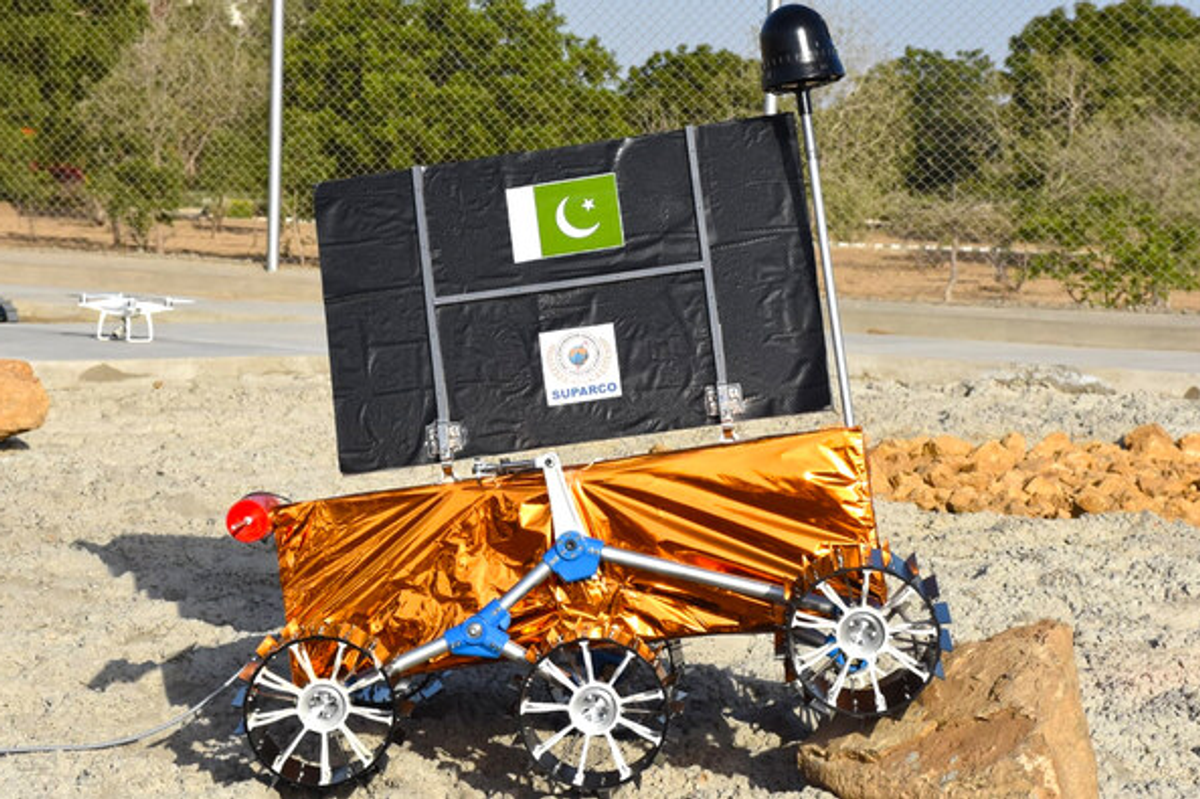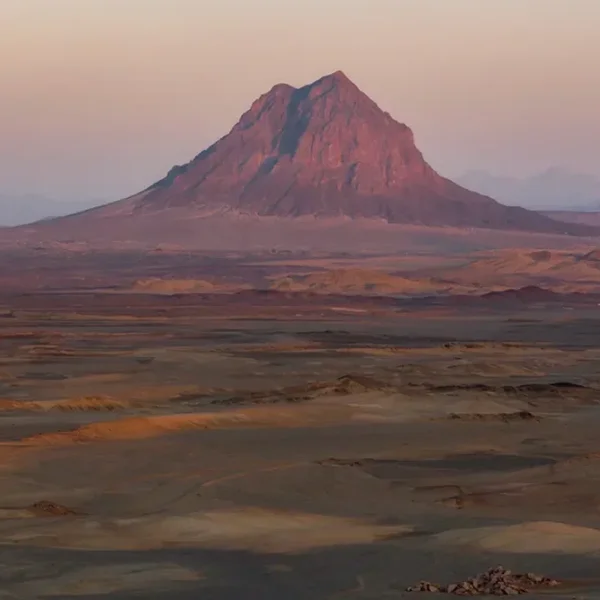Pakistan’s first lunar rover to join China’s Chang’e-8 moon mission, confirms SUPARCO
Pakistan and China sign Memorandum of Understanding for the mission, which aims to conduct autonomous scientific exploration and lunar mapping

Javed Hussain
Correspondent
I have almost 20 years of experience in print, radio, and TV media. I started my career with "Daily Jang" after which I got the opportunity to work in FM 103, Radio Pakistan, News One, Ab Tak News, Dawn News TV, Dunya News, 92 News and regional channels Rohi TV, Apna Channel and Sach TV where I worked and gained experience in different areas of all three mediums. My journey from reporting to news anchor in these organisations was excellent. Now, I am working as a correspondent with Nukta in Islamabad, where I get the opportunity of in-depth journalism and storytelling while I am now covering parliamentary affairs, politics, and technology.

This handout photograph released by Pakistan Space and Upper Atmosphere Research Commission on November 14, 2024, shows a rover that will join China’s Chang’e 8 mission to explore the moon’s surface in 2028.
Pakistan has taken a major step in space exploration with the confirmation that its first indigenous lunar rover will be deployed on the moon as part of China’s Chang’e-8 mission in 2028.
The Space & Upper Atmosphere Research Commission (SUPARCO) on Thursday officially confirmed the development, which was first reported by Nukta on January 9.
The breakthrough follows the signing of a Memorandum of Understanding (MoU) between Pakistan and China on Feb. 5, in the presence of Pakistan’s President Asif Ali Zardari and Chinese President Xi Jinping.
The Chang’e-8 mission, led by the China National Space Administration (CNSA), aims to conduct autonomous scientific exploration, lunar mapping, resource utilization, and technology verification. The mission is part of China’s broader International Lunar Research Station (ILRS) initiative.
Pakistan’s lunar rover mission
SUPARCO’s rover will be deployed at the moon’s south pole, a key area for future exploration due to its unique terrain and potential water-ice deposits.
The rover will carry advanced scientific payloads designed by SUPARCO, as well as an international instrument developed in collaboration with Chinese and European scientists.
- YouTubewww.youtube.com
Pakistani scientists and engineers have independently designed, assembled, and tested the rover, marking a milestone in the country’s space technology development.
Once deployed, the rover will be remotely controlled from Earth by Pakistani scientists, strengthening the country’s role in lunar exploration.
Scientific and technological objectives
Pakistan’s lunar rover will contribute to several research goals, including:
- Analyzing lunar soil composition and its potential for resource extraction.
- Mapping the moon’s surface to support future missions.
- Measuring radiation and plasma properties to assess conditions for human presence.
- Testing new technologies for sustainable lunar operations.
The collaboration underscores Pakistan and China’s deepening space partnership and Pakistan’s growing ambition in space exploration. The mission will enhance SUPARCO’s capabilities and contribute to international lunar research efforts.
‘Rover to be built entirely in Pakistan’
Dr. Qamarul Islam, director of the Pakistan Institute of Space Technology, earlier told Nukta that the rover will weigh approximately 35 kilograms and will be built entirely in Pakistan. It will be launched aboard the Chang’e-8 mission from China’s Hainan launch site in 2028.
"Primarily, four sites have been shortlisted, with the lunar south pole being of particular interest from a research perspective," Qamar said.
The lunar south pole is considered crucial for scientific research due to its potential resources and challenging terrain. Pakistan’s rover will conduct experiments to study the Moon’s geological profile, test resource utilization techniques, and evaluate its performance on the lunar surface.










Comments
See what people are discussing